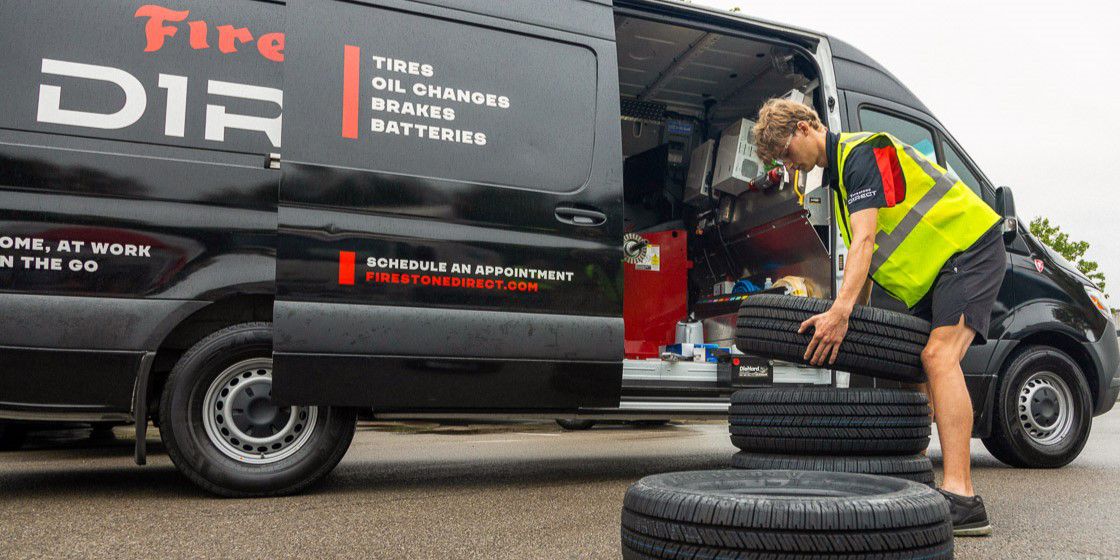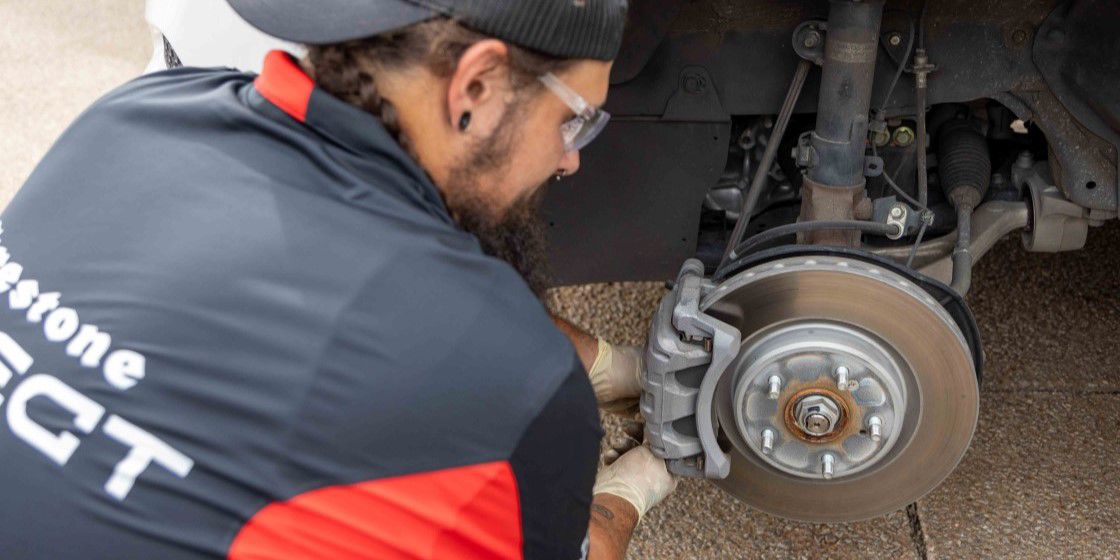2. Use Progressive Braking
Progressive braking uses variable brake force to slow the vehicle gradually, which helps cut down on excessive brake pad wear. Teach your drivers these steps for practicing progressive braking:
- Plant the heel of your right foot on the floor so the ball of your foot reaches the center of the brake pedal comfortably.
- To apply pressure to the brake pedal, keep most of your foot’s weight resting on the floor and pivot your foot forward.
- Gently apply more pressure until you feel resistance from the brakes engaging, and your vehicle begins to slow gradually.
- Continue increasing the pressure gently to slow or stop the vehicle as needed.
- Just before coming to a complete stop, ease off the brake pedal slightly to prevent the vehicle from bouncing back too hard.
3. Try Coasting and Brake Hovering
Experienced drivers know that braking isn’t the only way to slow down a vehicle. Taking your foot off the gas also has a gradual slow-down effect that makes sense in certain situations. If you have time, instead of using the brakes, let off the gas to allow the vehicle to slow down naturally before gently applying the brakes to come to a stop. Pay attention to the traffic ahead and the brake lights for an indication you need to start slowing down. While you coast, make sure to keep your foot hovering over the brake pedal in case you need to stop quickly.
4. Practice Defensive Driving
Other drivers can be unpredictable at times, so it’s important your drivers are ready for anything. Defensive driving can help ensure there’s enough time to react to anything out of the ordinary and keep the brakes in good condition for longer. Make sure your drivers stay vigilant and aren’t relying on hard, last-minute braking when something unexpected happens. Here are a few defensive driving basics every driver should keep in mind:
- Avoid distractions. Put the phone on silent and out of reach and keep the radio volume on low.
- Always use signals and check blind spots when turning and changing lanes.
- Give other drivers a wide birth and maintain a proper following distance.
- Follow safe braking guidelines.
- Adhere to the speed limits.
- Adjust driving for wet, icy, or snowy road conditions.
- Think ahead and pay attention to the flow of traffic several vehicles ahead.
5. Report Any Brake Issues
Even with perfect use, brake components will eventually need to be replaced. Make sure your drivers are aware of the subtle signs of brake trouble and that fleet maintenance depends on promptly reporting any issues. Common signs of failure can include:
- A soft or squishy brake pedal
- Leaky brake fluid
- Illuminated brake warning light
- Longer stopping distance
- Vehicle pulling to one side
- Squealing noise
- Brake pedal vibrations


